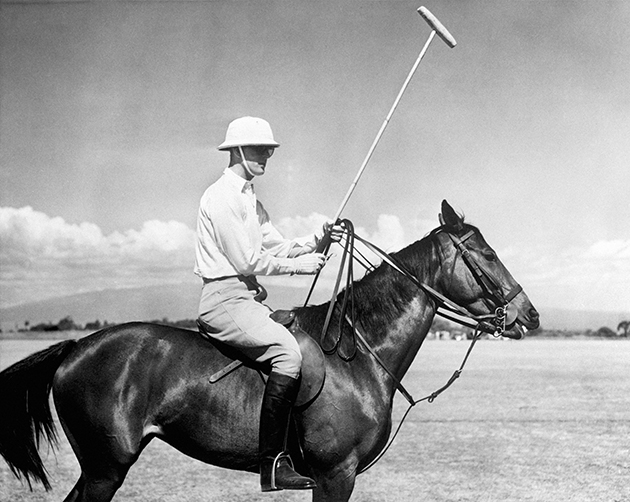“One has to be realistic and let pleasure go when time tells you,” the Duke of Edinburgh told The Field shortly before the millennium. Mary Skipwith celebrates the life and times of the Duke of Edinburgh, a fieldsports champion.
On the death of Prince Philip, HRH The Duke of Edinburgh (1921 – 2021) we pay tribute to this extraordinary countryman who often featured in The Field archives.

HRH The Duke of Edinburgh was a dedicated countryman.
Shooting and conservation
“The important point to make is that there is no conflict between country sports and the conservation of wildlife provided that no species are put at risk.” For a man who had a foot in both camps as a keen shot and a conservationist, Prince Philip had to constantly tread a thin line, but he has never shied from championing both sides. Someone less robust might have retreated into the shadows due to the regular criticism he has been subjected to, particularly for his participation in shooting. Yet, throughout the years, he has supported shoots and keepers by challenging misconceptions and praising their positive impact on the environment.

HRH The Duke of Edinburgh, a conservationist to the core.
Wildlife
Prince Philip’s life at sea – and particularly a trip in The Royal Yacht Britannia across the Pacific and close to Antarctica – sparked his interest in ornithology. Capturing birds in photographs became a passion. In 1966, he exhibited at the Tryon Gallery with a show entitled Birdwatching in the Galapagos. “We see here, in the outdoor field, what makes Prince Philip tick, a frank understanding of wild creatures in their environment, and the intuition and ability to meet them halfway and to present them as individuals,” wrote a Field commentator at the time.

HRH The Duke of Edinburgh fishing for trout on a loch on the Estate at Balmoral Castle.
Equestrian pursuits
Prince Philip’s interest in horses arose with polo, but the Second World War forced a hiatus, before he took it up in earnest in 1949 encouraged by his uncle, Earl Mountbatten of Burma. For the next 20 years, he enjoyed an active polo career in which he attained a five-goal handicap, won some of the sport’s most prestigious trophies and – considered by him to be a highlight of his equestrian career – represented the Commonwealth team in Argentina. His passion for the sport spurred him on to found Guards Polo Club in Windsor. When one has a former airfield in the back garden what better repurposing of it is there?

Prince Philip, the Duke of Edinburgh, taking part in a Polo match at the Nyeri Polo Club, Kenya.
Agriculture
A Field commentator wrote of the Duke at the 1956 NFU annual dinner: “In his speech, he showed great adroitness in talking to farmers about agriculture without referring to politics. I have seldom heard an after-dinner speech which aroused more cheers.” It was his perhaps his ease in the company of the agricultural community and his sense of humour that has endeared him to them most.

Queen Elizabeth II and the Duke of Edinburgh during a visit to a farm on their Balmoral estate.
Sailing
Prince Philip made First Lieutenant at the notably young age of 21, before being appointed Commander in 1952. However, the death of his father-in-law, King George VI, brought his naval career to an abrupt end.
The Duke helped inspire the revival of sailing as a sport by racing regularly in the Solent with his friend Uffa Fox. He bought a 63-foot yawl, Bloodhound, for cruising with the family while making sure that she was used for youth sail training when available. She was described as being sailed during one Cowes Week “by Prince Philip with such a large crew that she was reminiscent of an old-fashioned fire engine”.

Prince Philip at helm of his yawl, ‘Bloodhound’, during Cowes Regatta.
Duty
Not only did the Duke surpass the record for the longest-serving British consort, but he was involved in more than 750 organisations and has held several titles within them. Playing a supporting role as the sovereign’s companion whilst under constant scrutiny can’t have been easy.
Summoning the energy to fuel his unstinting commitment to so many fields alongside the other demands on his time must have often felt like a Herculean task to Prince Philip. Coincidentally, Hercules features on his coat of arms, and while the royal may not have matched the divine hero in physical strength, there are similarities in his determination, endurance and sense of adventure and duty.

HRH The Duke of Edinburgh and HM The Queen at Sandringham.
What is there left to say of such a stalwart? Quite simply, he was a jolly good fellow, and so say all of us.

HRH The Duke of Edinburgh in 1947 (then Lieutenant Philip Mountbatten).





